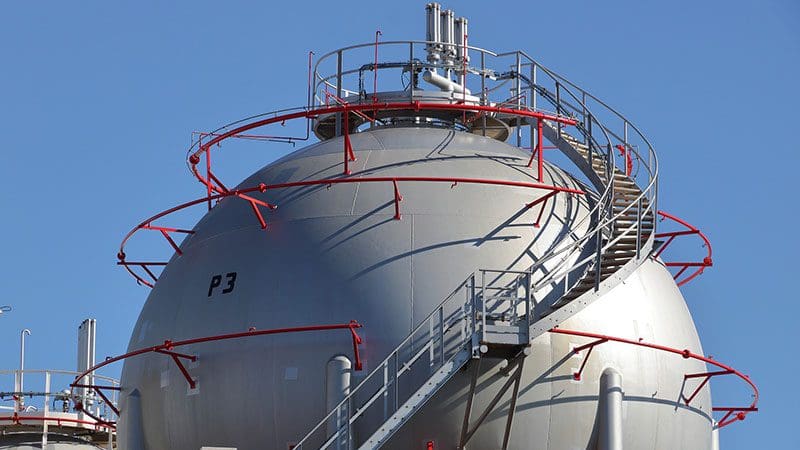The role hydrogen plays will be significant in zero-carbon economies in the future.
- It can be stored at large scale, especially in salt caverns which can be formed in much of the world;
- It can be stored at ultra-high pressure – vehicle makers are considering up to 700bar: it’s more compressible than other gases as its molecule size is so small;
- There are increasingly promising developments in high-density and safe storage, especially for portable / transportation applications;
- It can directly replace gas in a gas grid, though modifications will be required for its handling (avoiding leakage, accommodating the higher flows required per kWh) and combustion (flame characteristics are different);
- It’s much more suitable than batteries for long-distance and large-vehicle transportation (which may include ships and possibly even aircraft), through fuel cells, and can be re-fuelled much more quickly;
- Hydrogen is also a feedstock for other industries, such as fertiliser / ammonia.
To achieve all this, electrolysis needs to get much cheaper and higher volume, which is why the above role in zero-carbon economies won’t be for another 5–10 years. Methane reformation is not the way forward: CCS / CCUS technologies are only (at best) 80% effective at capturing CO2, with costs rising exponentially with effectiveness; they add too much to the cost of hydrogen; CO2 use merely defers emissions rather than sequestering them; and nobody’s identified a solution to the insurance risk of CO2 storage.
Proton Exchange Membrane (PEM) electrolysis is not the way forward: it’s too small scale and expensive, not least with the limited life of the membranes. It will retain a significant and fast-growing market at the smaller scale and possibly also for mobile devices such as on-board ships, but grid- and industrial-use will be with other technologies.
There are, however, some promising large-scale electrolysis technologies being worked on at present, which may well yield the volumes and costs required to enable it all.
As ever, the trick is not to “pick a winning technology” as so many seek to do, but to identify the best niche for each technology and to knit them all together into a system that covers all needs. This is very similar to what mankind has done to date, with no energy technology ruling the roost but all having their right places in the mix. And, just as happens today, there are also suitable applications that use more than one technology to deliver a complete solution.


